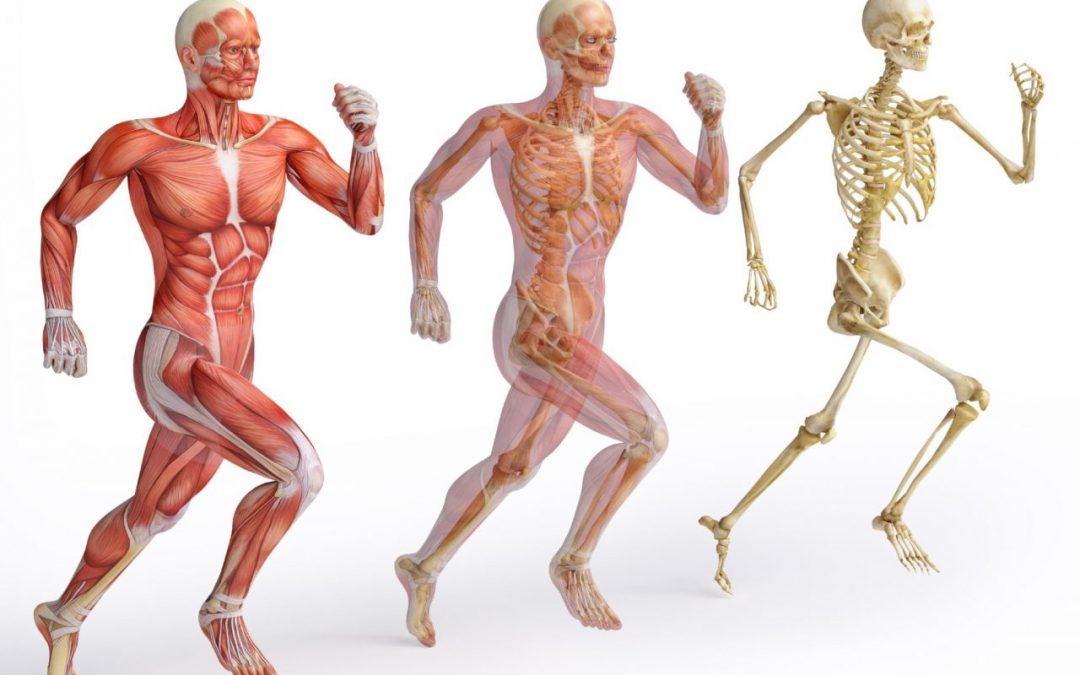Musculoskeletal Health Awareness for Everyday Well-Being
Understanding and protecting your musculoskeletal system is essential for long-term health, mobility, comfort, and quality of life. Your bones, muscles, joints, ligaments, and connective tissues work together constantly, so being intentional about strengthening and caring for them helps reduce pain, prevent injuries, and support better daily function. As a trusted resource for improving overall well-being, Vivna Insurance encourages every person to make musculoskeletal health a priority.
Main Body Content
The musculoskeletal system includes bones, joints, muscles, tendons, cartilage, and the structural tissues that help the body move and stay supported. These parts work together seamlessly, yet everyday habits, posture, stress, and activity levels can influence how well the system performs. When the musculoskeletal system becomes strained, people often experience discomfort, stiffness, inflammation, or reduced mobility. Because these issues can affect people of all ages, building strong awareness is key to long-term wellness.
Understanding the Musculoskeletal Sub-Systems
Your body relies on several interconnected components. First, the skeleton provides structure and protection. Next, muscles attach to bones and contract to create movement, while tendons connect muscles to bones. Joints allow mobility where bones meet, and ligaments stabilize those joints and help prevent injury. When one component becomes strained, the others often compensate, which can lead to chronic discomfort without early intervention.
Common Musculoskeletal Disorders
Musculoskeletal disorders include acute and chronic injuries such as back strain, tendon inflammation, joint pain, muscle weakness, and repetitive-strain conditions. Although older people experience these issues frequently, younger individuals also face risks due to poor posture, sedentary routines, stressful work environments, and repetitive movements. These disorders may appear suddenly or develop slowly over time, which is why early awareness is critical.
Causes of Musculoskeletal Pain
Musculoskeletal pain may result from trauma, accidents, repetitive activity, poor posture, long work hours, or extended periods of inactivity. Workplace ergonomics also play a major role. For example, improper desk setups or lack of supportive seating often contribute to ongoing back and neck pain. Over time, these habits weaken muscles and create tension, which can reduce mobility and affect overall health.
Symptoms to Watch For
Musculoskeletal symptoms vary depending on the affected area. Common indicators include fatigue, muscle spasms, stiffness, sharp or dull pain, numbness, weakness, poor balance, and occasional dizziness. If symptoms appear consistently or worsen over time, it is important to seek medical care to prevent long-term complications.
How to Prevent Musculoskeletal Pain
Adopt simple lifestyle habits to reduce your risk of developing musculoskeletal conditions. Eating nutritious foods, staying hydrated, stretching regularly, and maintaining good posture protect the body’s supportive structures. You can also choose ergonomic furniture, take movement breaks throughout the day, and avoid prolonged sitting. Additionally, employers can provide ergonomic equipment, offer posture-training workshops, and encourage healthy workplace habits.
Treatment Options for Musculoskeletal Pain
Treating musculoskeletal disorders may involve physical therapy, strength training, anti-inflammatory medication, chiropractic care, acupuncture, therapeutic massage, or guided stretching. Although treatment varies, most approaches focus on restoring balance, improving mobility, reducing inflammation, and strengthening weak areas. A trained professional can help determine the best plan for your specific condition.
FAQ (250 Words)
What is musculoskeletal pain?
Musculoskeletal pain refers to discomfort affecting bones, muscles, joints, or connective tissues. Because these systems work together, pain in one area may influence others. Symptoms can range from mild stiffness to intense discomfort.
What causes musculoskeletal disorders?
These disorders can stem from repetitive movements, workplace strain, poor posture, injuries, inactivity, or chronic conditions. Additionally, long work hours without breaks can lead to muscle fatigue and joint stress.
How can I prevent musculoskeletal issues?
Prevention starts with good posture, regular movement, daily stretching, safe lifting techniques, proper hydration, and a balanced diet. Choosing ergonomic furniture and taking standing breaks also help protect joints and muscles.
When should I see a doctor?
You should contact a healthcare professional if pain lasts longer than a few days, affects mobility, becomes more intense, or interferes with routine tasks. Early evaluation can prevent long-term damage.
Contact Us
If you’re exploring strong options for health insurance, life insurance, or supplemental insurance, Vivna Insurance is here to help. Our licensed agents can guide you through affordable and flexible plans tailored to your needs. Call us today at 888-730-6001 for expert support.

